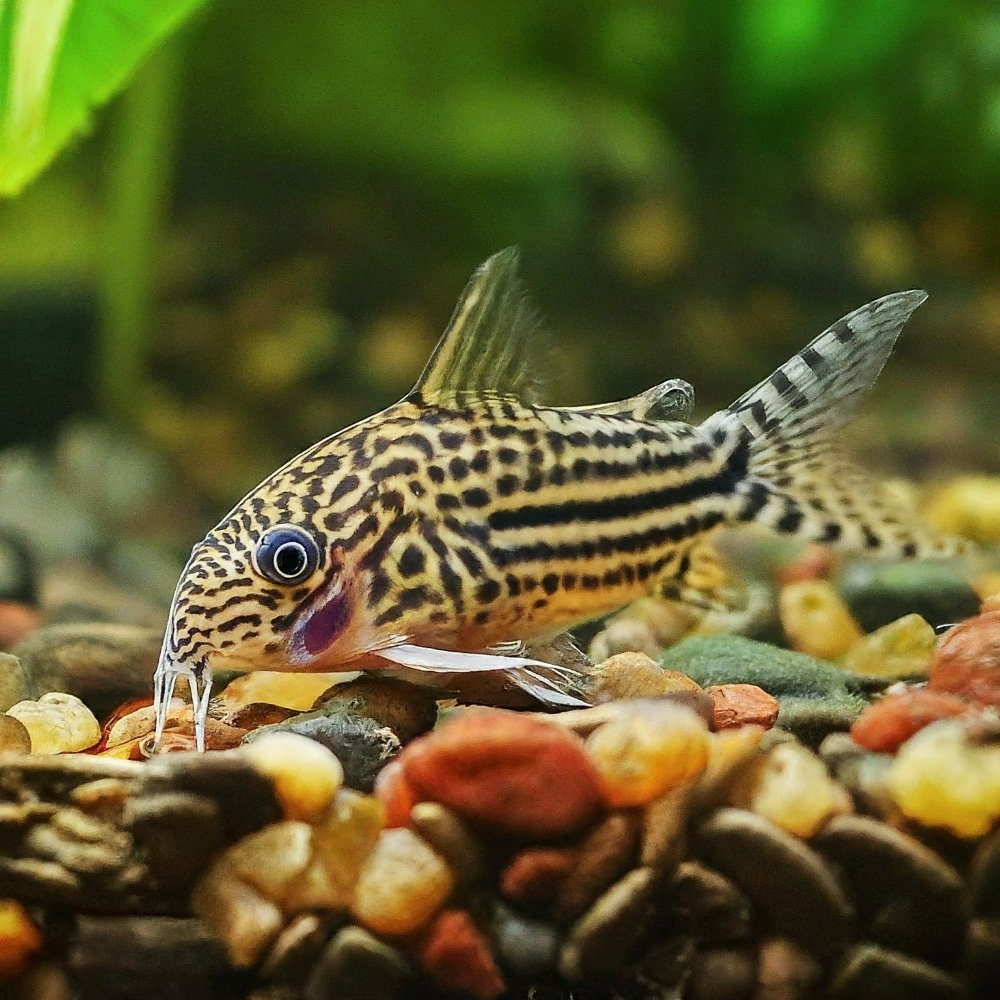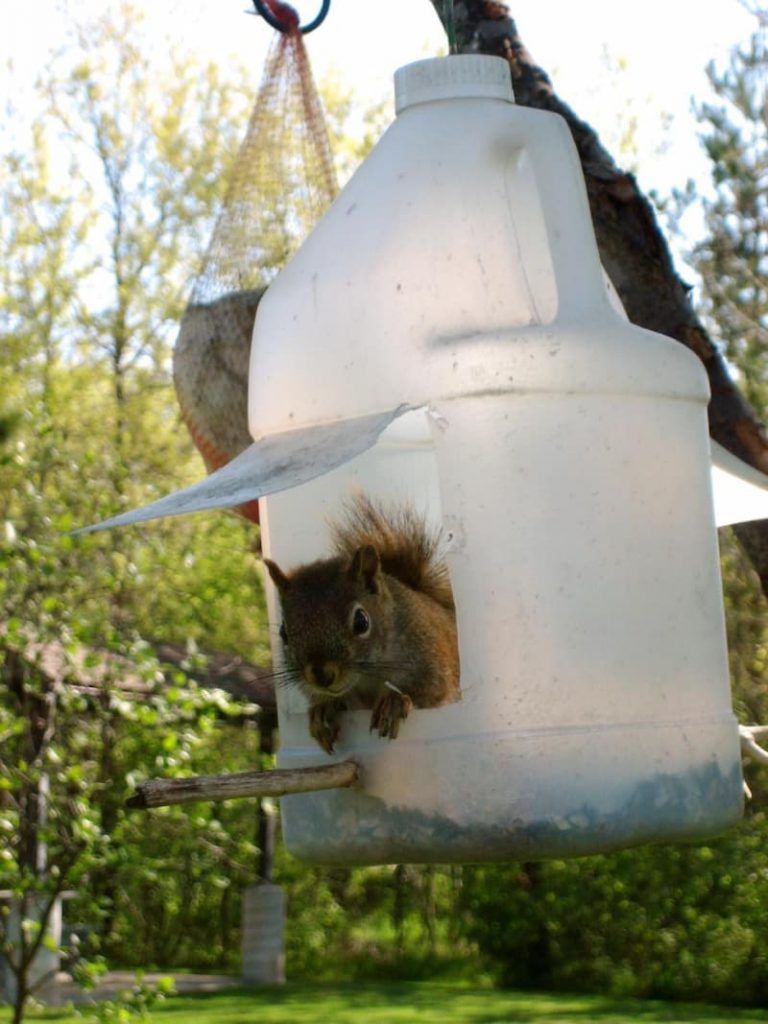
In the realm of nature, squirrels hold a special place, captivating us with their acrobatic leaps, bushy tails, and playful antics. As these engaging creatures grace our backyards and parks, squirrel feeders have emerged as a popular way to connect with them, providing a source of nourishment and entertainment.
Unveiling the Pleasures of DIY Squirrel Feeders
The allure of DIY squirrel feeders lies not only in the satisfaction of creating a personalized feeding station for these delightful creatures but also in the opportunity to enhance our connection with nature. By constructing our own feeders, we gain a deeper understanding of squirrel behavior and ecology, while also fostering a sense of stewardship for the natural world.
DIY squirrel feeders offer a cost-effective and customizable approach to attracting squirrels. With readily available materials and a few basic tools, we can craft a unique feeder that reflects our personal style and preferences. Moreover, DIY projects provide a sense of accomplishment and encourage creativity, making them a fun and rewarding activity for individuals of all ages.
Gathering the Necessary Materials for Your DIY Squirrel Feeder
Before embarking on your DIY squirrel feeder project, it’s essential to gather the necessary materials. These typically include:
-
Wood planks: Choose durable and weather-resistant wood such as cedar or pine for the main structure of the feeder.
-
Screws, nails, and wire mesh: These will be used to assemble the feeder and secure the wire mesh, which prevents birds from accessing the food.
-
Drill: A power drill will be needed to create holes for screws and nails, ensuring a sturdy construction.
-
Additional materials (optional): Depending on your design preferences, you may also need paint, stain, or decorative elements to personalize your feeder.
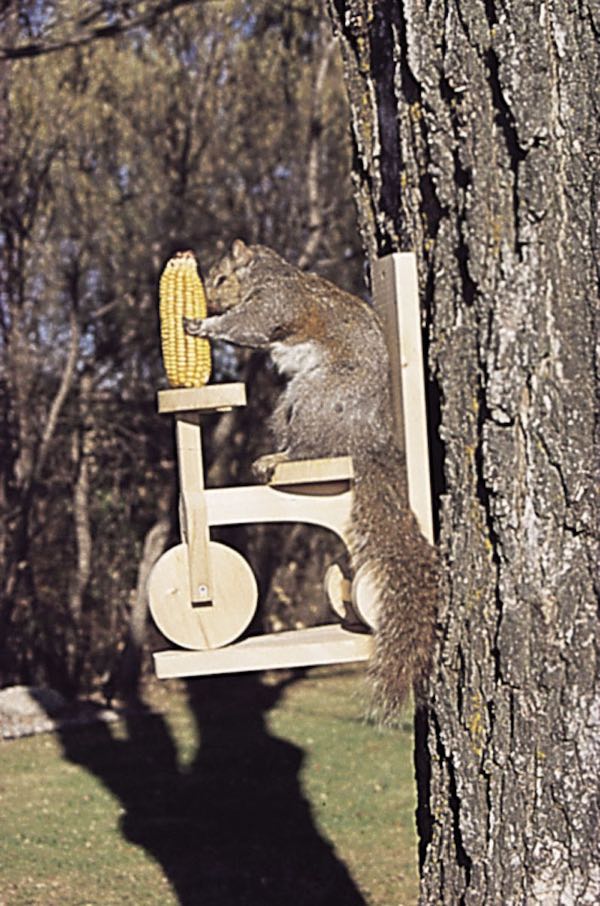
Selecting a Suitable Design for Your Squirrel Feeder
The world of DIY squirrel feeders offers a variety of designs to suit different needs and preferences. Here are some popular options to consider:
-
Platform feeders: These open-design feeders are ideal for attracting a wide range of squirrel species, as they allow easy access to the food.
-
Hopper feeders: These covered feeders protect the food from the elements and provide a sheltered area for squirrels to eat.
-
Tube feeders: With their narrow openings, tube feeders are specifically designed for smaller squirrels, preventing larger birds from accessing the feed.
Step-by-Step Construction Guide: Bringing Your Squirrel Feeder to Life
With the materials gathered and design selected, it’s time to bring your squirrel feeder to life. Here’s a general step-by-step guide:
-
Cut the wood planks: According to your chosen design, cut the wood planks to the desired dimensions using a saw or jigsaw.
-
Assemble the feeder frame: Use screws or nails to join the wood planks together, creating the basic structure of the feeder.
-
Attach the wire mesh: Secure the wire mesh to the feeder frame using screws or staples, ensuring that the openings are large enough for squirrels but small enough to exclude birds.
-
Add a roof (optional): If desired, attach a roof to the feeder to provide additional protection from the elements.
-
Personalize your feeder (optional): Paint, stain, or add decorative elements to match your style and enhance the appearance of the feeder.
Customizing Your Squirrel Feeder: A Touch of Personal Flair
Once the basic construction is complete, let your creativity shine through by customizing your squirrel feeder. Here are some ideas:
-
Paint or stain the feeder: Choose colors that complement your outdoor décor or reflect your personal taste.
-
Add decorative elements: Attach natural materials such as pinecones or acorns, or use stencils to create designs on the feeder.
-
Personalize with a message: Engrave or paint a message on the feeder, such as “Welcome, Squirrels!” or “Feeding Station.”
Selecting an Appropriate Location for Your Squirrel Feeder
The placement of your squirrel feeder plays a crucial role in its effectiveness and the safety of the squirrels. Consider these factors when choosing a location:
-
Proximity to trees and natural habitats: Place the feeder near trees or other natural areas where squirrels are frequently seen.
-
Distance from human structures: Avoid placing the feeder too close to houses or patios, then as this may encourage squirrels to approach human areas.
-
Protection from wind and rain: Choose a sheltered location to protect the food from the elements and provide a comfortable spot for squirrels to eat.
Filling and Maintaining Your Squirrel Feeder: Ensuring a Nutritious Treat
To ensure a consistent supply of food for your furry visitors, follow these guidelines:
-
Choose appropriate food: Fill the feeder with high-quality nuts, seeds, and then corn. Avoid feeding squirrels bread, processed foods, or sugary snacks, as these can harm their digestive systems.
-
- Clean and maintain the feeder: Regularly clean the feeder with a mild soap solution to prevent the accumulation of mold, mildew, or pests. Inspect the feeder for any signs of damage and address any issues promptly.
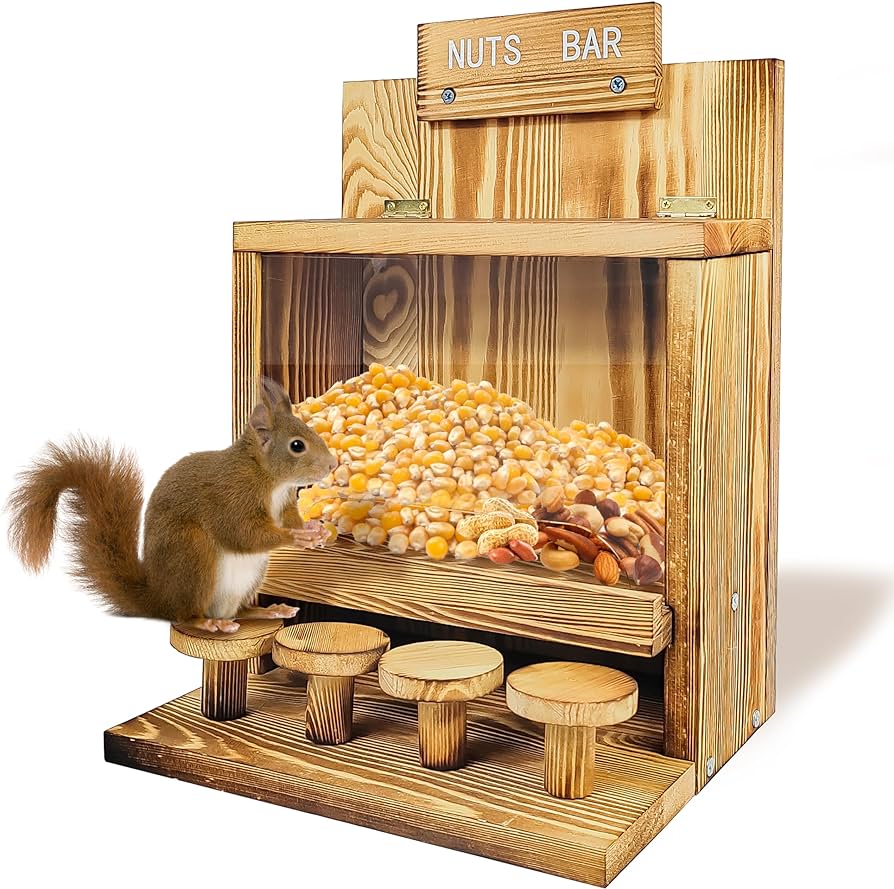
Safety Considerations and Potential Issues: Responsible Feeding Practices
While squirrel feeders offer numerous benefits, it’s essential to be mindful of potential safety hazards and issues. Here’s what to keep in mind:
-
Attracting pests: Squirrel feeders can attract other wildlife such as raccoons or rats, which may attempt to access the food. Consider using a feeder with a locking mechanism or placing it at a height that discourages these animals.
-
Disease transmission: In areas with high squirrel densities, there’s a potential risk of disease transmission among squirrels. Regularly clean the feeder and then avoid overcrowding by ensuring the feeder design accommodates a limited number of squirrels at a time.
-
Minimize negative impacts: By adhering to responsible feeding practices, you can minimize potential negative impacts on squirrel populations and the surrounding environment.
Enjoying the Company of Squirrels: A Delightful Connection with Nature
With your DIY squirrel feeder in place, it’s time to enjoy the delightful company of squirrels. Observe their playful interactions as they visit the feeder, then appreciating their acrobatic skills and curious personalities. Remember to maintain a safe distance and avoid disturbing the squirrels. Consider using binoculars or a spotting scope to get a closer look at these fascinating creatures without causing any stress.
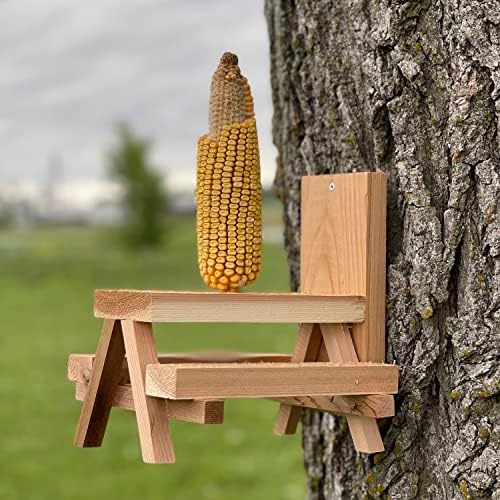
The Rewards of DIY Squirrel Feeders: A Lasting Connection
Constructing your own squirrel feeder offers a fulfilling experience and then a lasting connection with nature. By providing a source of sustenance for these captivating creatures, you not only enhance their well-being but also cultivate a sense of appreciation for the wildlife that shares your surroundings.
Additional Resources: A World of Information at Your Fingertips
-
Websites dedicated to wildlife management and DIY squirrel feeder plans offer a wealth of information. These websites often provide detailed instructions for various feeder designs, tips for choosing the right food, and creative customization ideas.
-
Local wildlife organizations and experts can be invaluable resources. They can provide guidance on responsible squirrel management in your area, then offer educational programs on squirrel behavior, and connect you with wildlife professionals who can address any specific concerns you may have.
-
Contact details for wildlife removal services can be found through local wildlife agencies or online directories. These professionals can assist with handling nuisance squirrel problems in a humane and professional manner, ensuring the safety of both you and the squirrels.
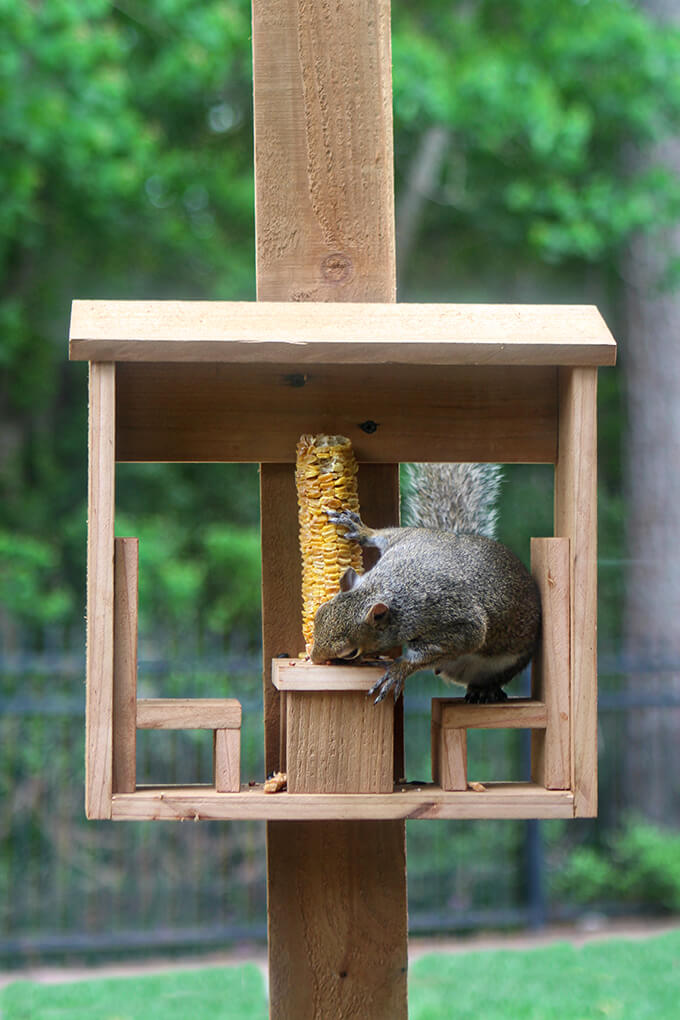
Glossary of Terms:
-
DIY (Do It Yourself): A method of creating or making something by oneself, typically using readily available materials and tools.
-
Squirrel Feeder: A device used to provide supplemental food to squirrels, typically consisting of a container filled with food and a mechanism for dispensing the food.
-
Supplemental Feeding: Providing additional food to wildlife beyond what is naturally available in their habitat.
-
Squirrel Population: A group of squirrels inhabiting a specific area.
-
Natural Food Scarcity: Periods when natural food sources for wildlife are limited or unavailable, such as during harsh winters or droughts.
-
Wildlife Management: The practice of manipulating wildlife populations and their habitats to achieve specific goals, such as maintaining healthy populations, minimizing human-wildlife conflicts, and promoting biodiversity.
With this comprehensive guide and the additional resources provided, you are now equipped to embark on your journey of constructing and enjoying your very own DIY squirrel feeder. Remember, responsible feeding practices are paramount to fostering a harmonious coexistence with these delightful creatures and enriching your own connection with the natural world.
- Clean and maintain the feeder: Regularly clean the feeder with a mild soap solution to prevent the accumulation of mold, mildew, or pests. Inspect the feeder for any signs of damage and address any issues promptly.
